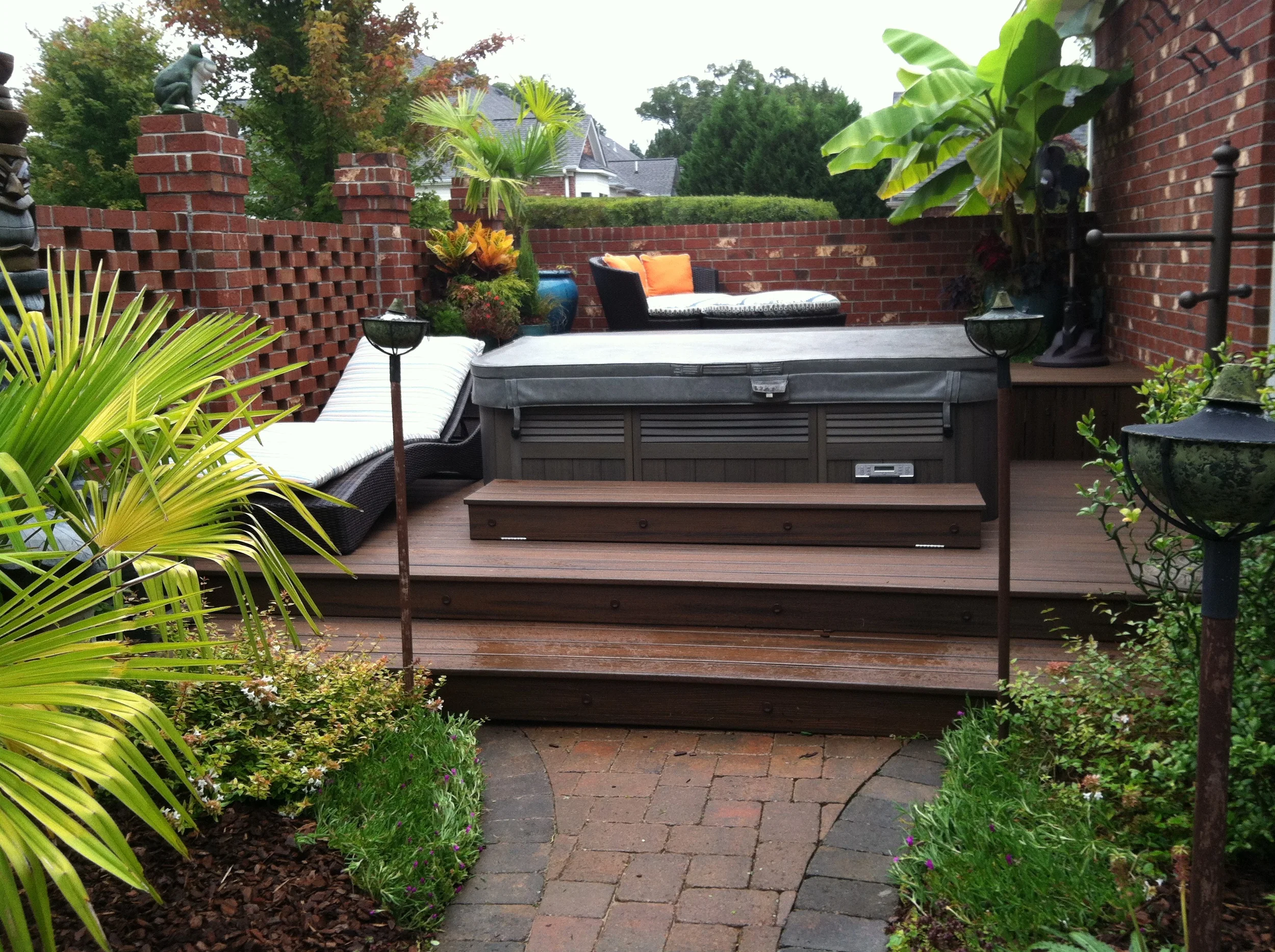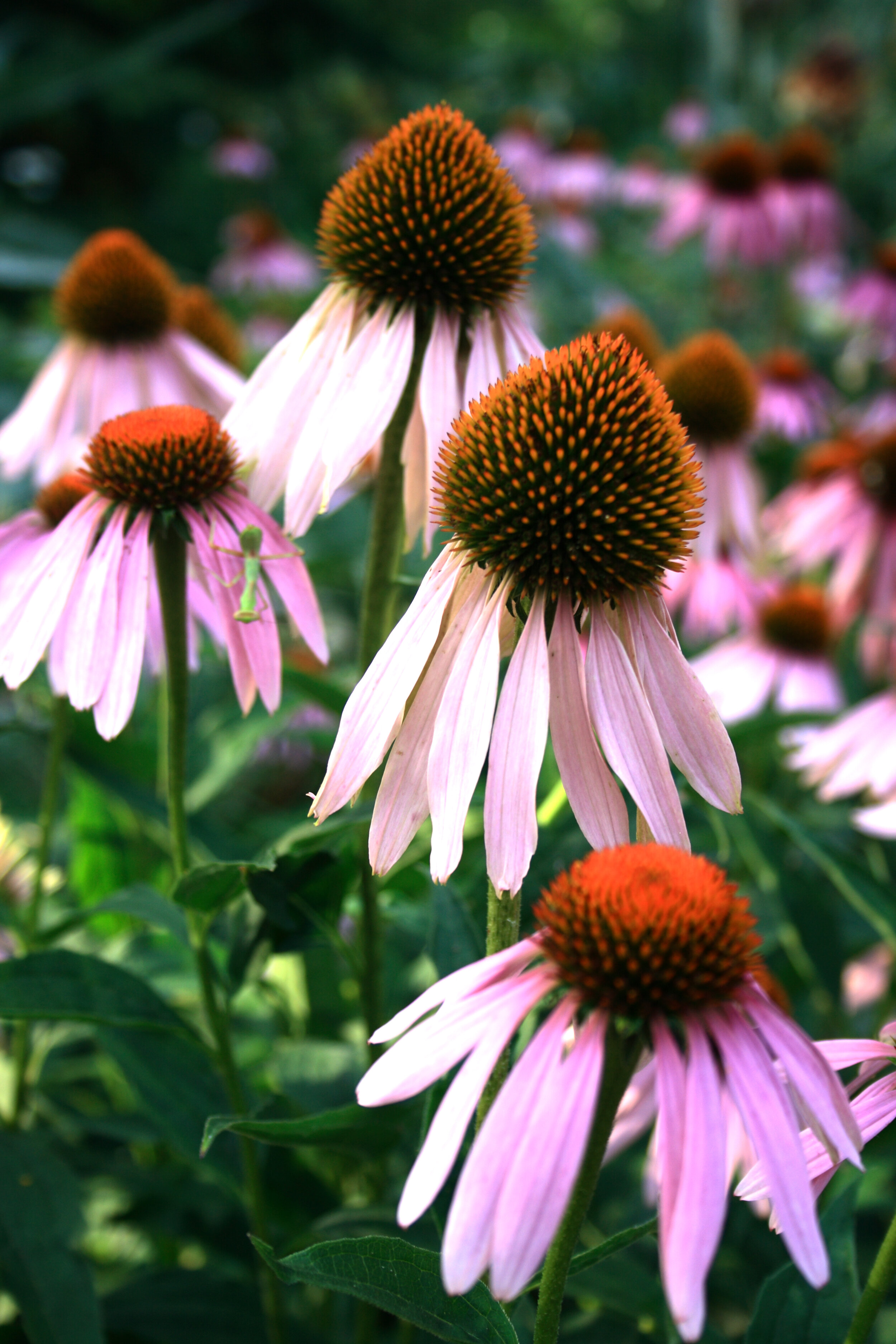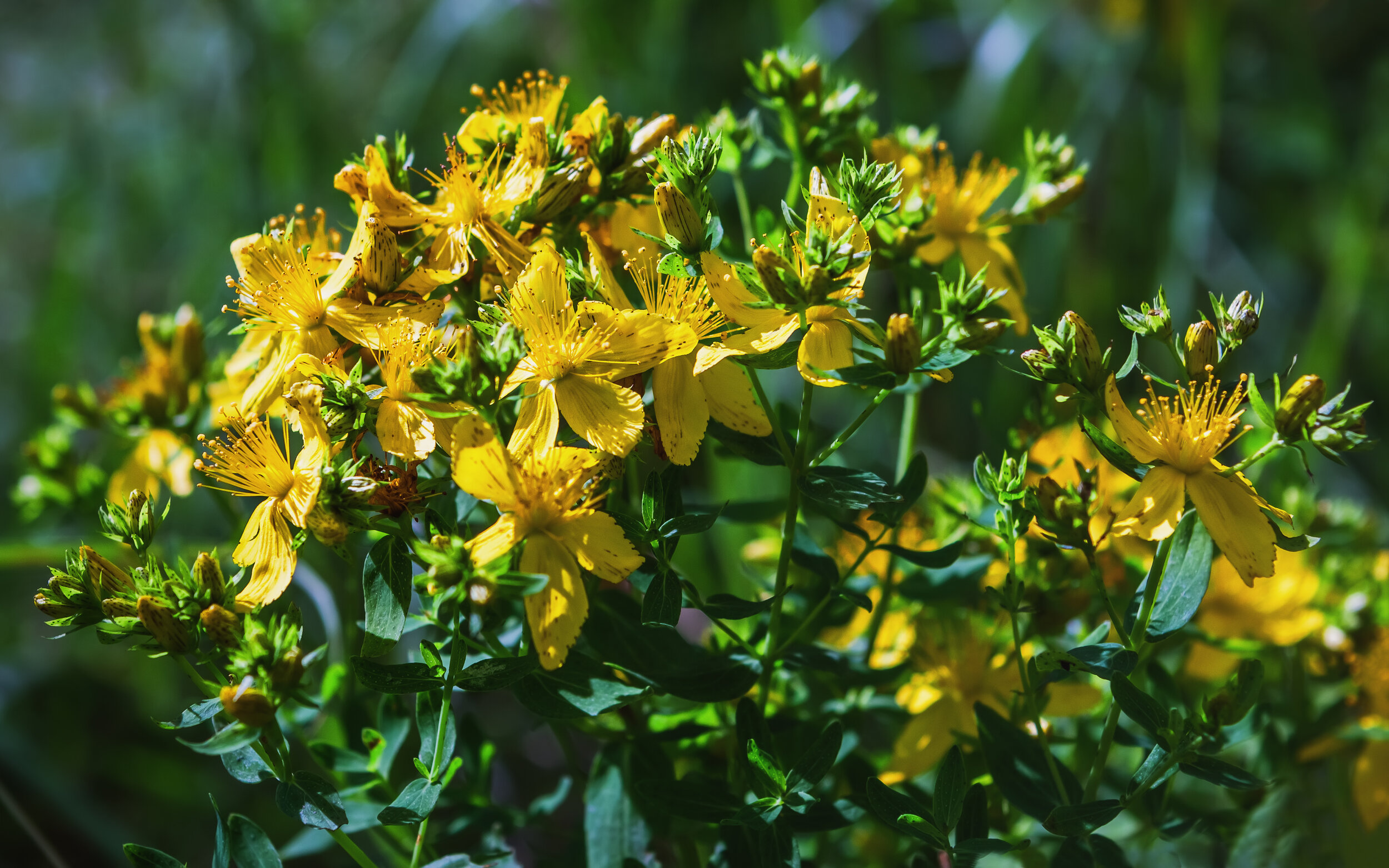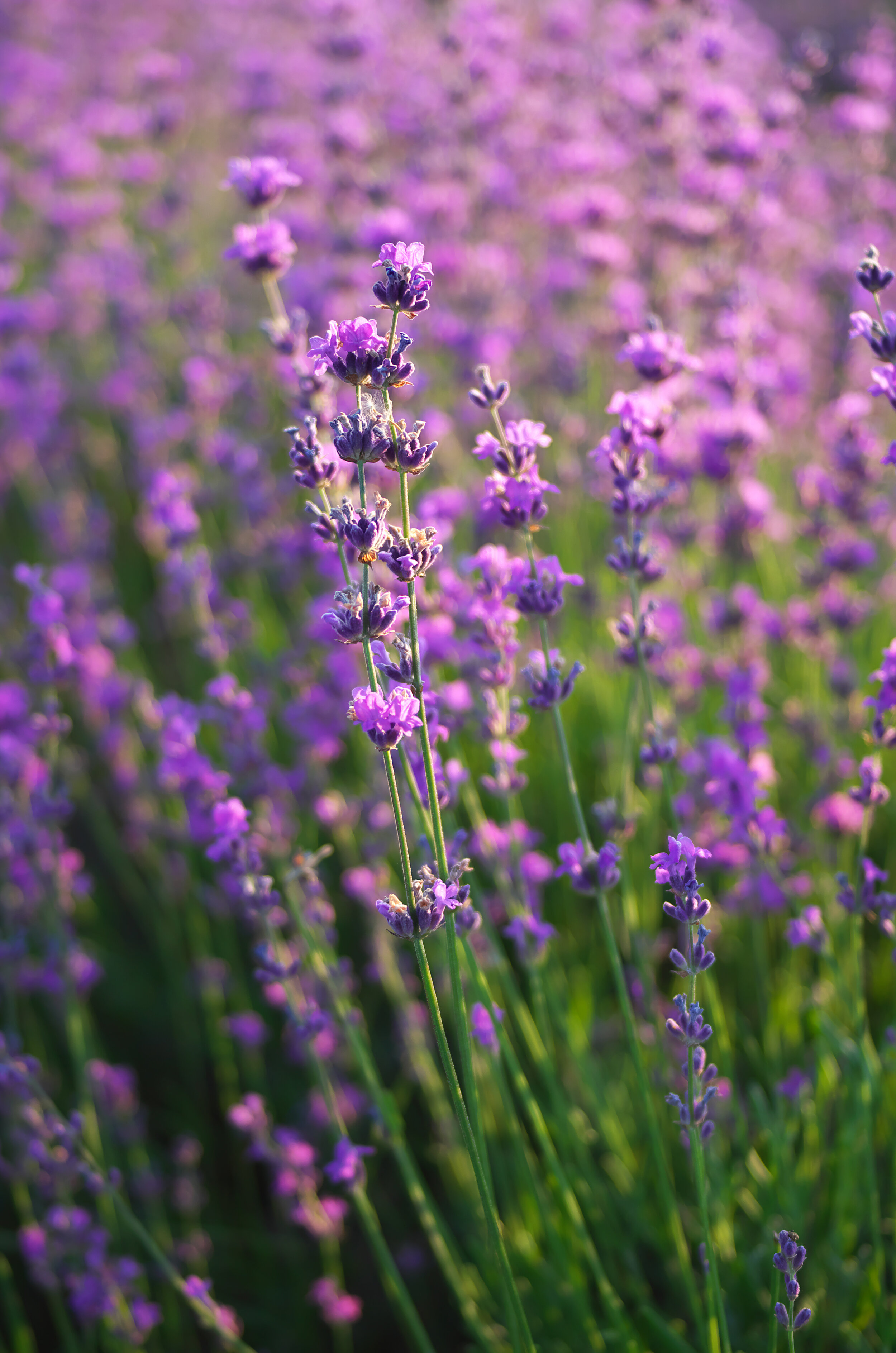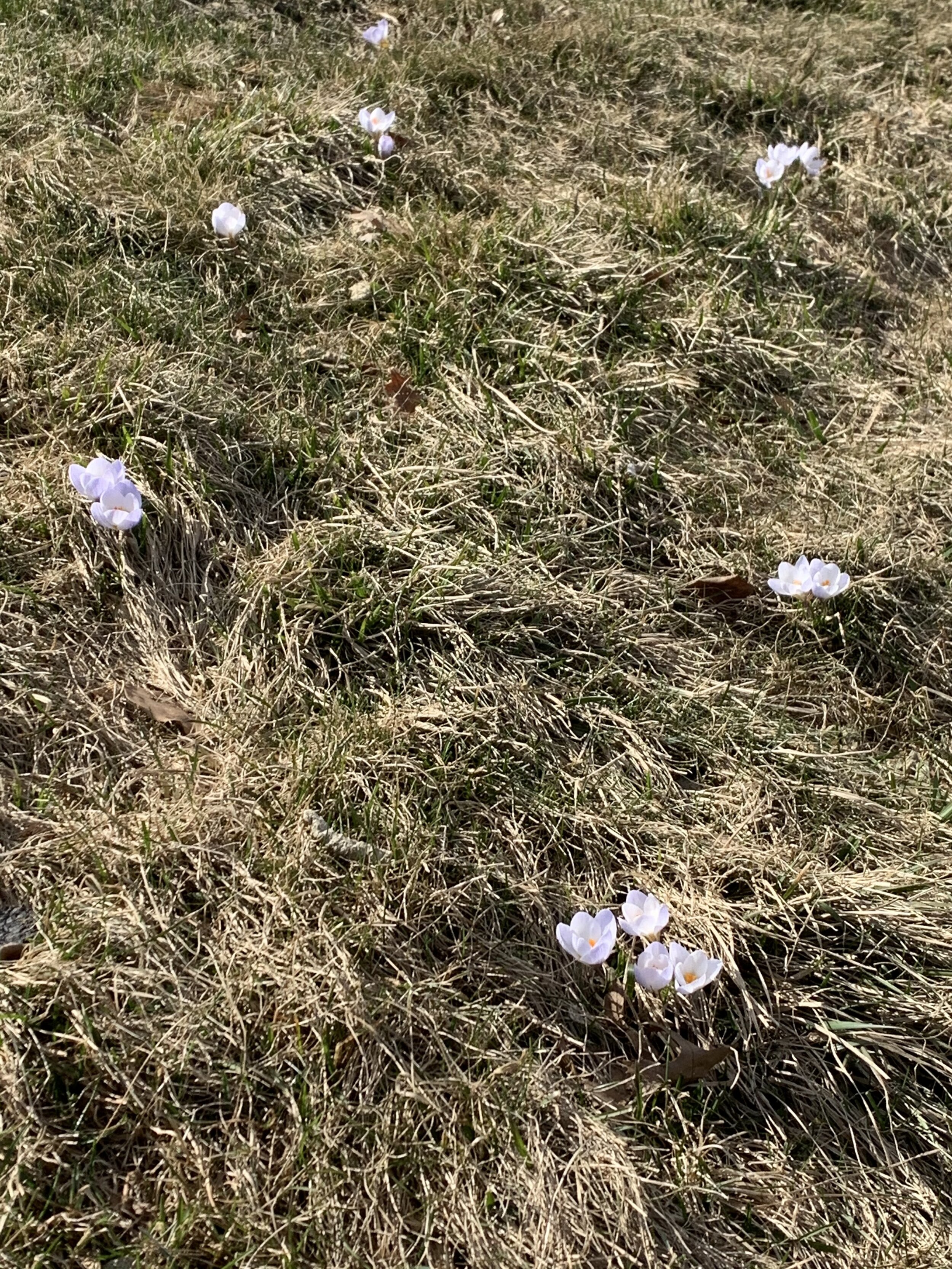This is a two-part blog discussing pollinator gardens. Part 2 covers different types of pollinator plants you can use in your pollinator garden. Part 1 covered why you should have a pollinator garden.
In my last blog, you learned all about the importance and benefits of a pollinator garden. Now that you have your heart set on helping our pollinator friends and building your very own pollinator garden, you might be wondering what plants should be in that garden and how to get them. Today’s blog covers just that topic!
Where do I get seeds for pollinator plants?
Since native plants tend to grow best in your yard, ideally you will choose and use those in your landscaping. Don’t worry we have plenty of pollinator plant options, which we will discuss below, that are perfect for growing in NC!
Consider purchasing your seeds or plants from a local business or organization. Not only does that help you support your local economy, but they will know what grows best in our NC soil and weather.
Below are a few recommendations of places from North Carolina Pollinator Conservation Alliance:
What pollinator plants are best for an NC pollinator garden?
Luckily, there are plenty of plants to choose from! Bees and butterflies are sure to thank you for planting these amazing plants. Plus, you will love their beauty and color in your backyard oasis!
Here are a few popular and gorgeous pollinator plants I highly recommend.
1. Milkweed
2. Purple Cornflower
3. Aster
4. Black Eyed Susan
5. Allium
6. Lavender
7. St. John’s Wort
8. Yarrow
Below I give a little more information on each of the plants above. However, as a reminder the Piedmont Triad in North Carolina is hardiness zone 7. You can check out this hardiness zone map to see all the zones. They are determined by average annual extreme minimum temperature. For a more in-depth look at zones and to search your zip code, visit the USDA Plant Hardiness Zone Map.
Milkweed (Asclepias)
Hardiness Zones: 4-9
Optimal Growing Conditions: Full sun to partial shade and moist soil.
Click here for more information on this pollinator.
Purple Cornflower (Echinacea)
Hardiness Zones: 5-8
Optimal Growing Conditions: Full sun and poor or lean soil.
Click here for more information on this pollinator.
Aster (Asteraceae)
Hardiness Zones: 3-8
Optimal Growing Conditions: Full sun and well-drained, loamy soil.
Click here for more information on this pollinator.
Black Eyed Susan (Rudbeckia Hirta)
Hardiness Zones: 3-9
Optimal Growing Conditions: Full sun and moist, well-drained soil.
Click here for more information on this pollinator.
Allium (Allieae Asparagales)
Hardiness Zones: 3-9
Optimal Growing Conditions: Full sun to partial shade and well-drained soil.
Click here for more information on this pollinator.
Lavender (Lavandula)
Hardiness Zones: 5-8
Optimal Growing Conditions: Full sun and well-drained soil.
Click here for more information on this pollinator.
St. John’s Wort (Hypericum perforatum)
Hardiness Zones: 6
Optimal Growing Conditions: Full sun to partial shade and rich, well-drained soil.
Click here for more information on this pollinator.
Yarrow (Achillea millefolium)
Hardiness Zones: 3-7
Optimal Growing Conditions: Full sun and moist, loamy soil.
Click here for more information on this pollinator.
Ready to Create Your Own Pollinator Garden?
After reading these last two blogs do you feel inspired to add a pollinator garden? Don’t wait to get started any longer. Give Hawkins Landscape Architecture a call today at 336-848-7164 to discuss exactly what your dream backyard oasis looks like and where to place your new pollinator garden!
Best of all, my 3D landscape design allows clients to see how their pollinator gardens and any landscape or outdoor living element will look in their new backyard. Head over and like my Instagram page for photos on all types of plants and landscaping ideas!
Don’t miss next month’s two-part blog series on landscaping with native species!
